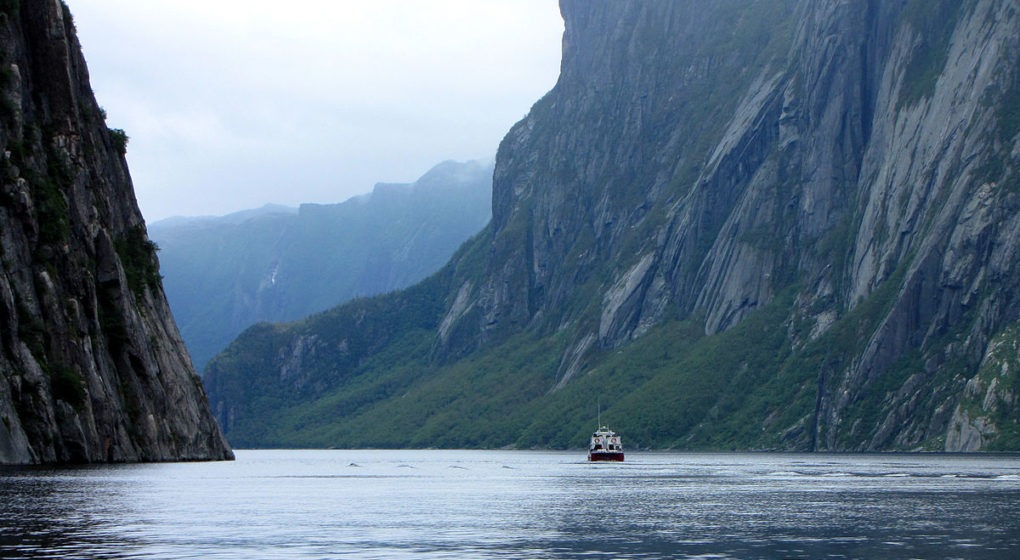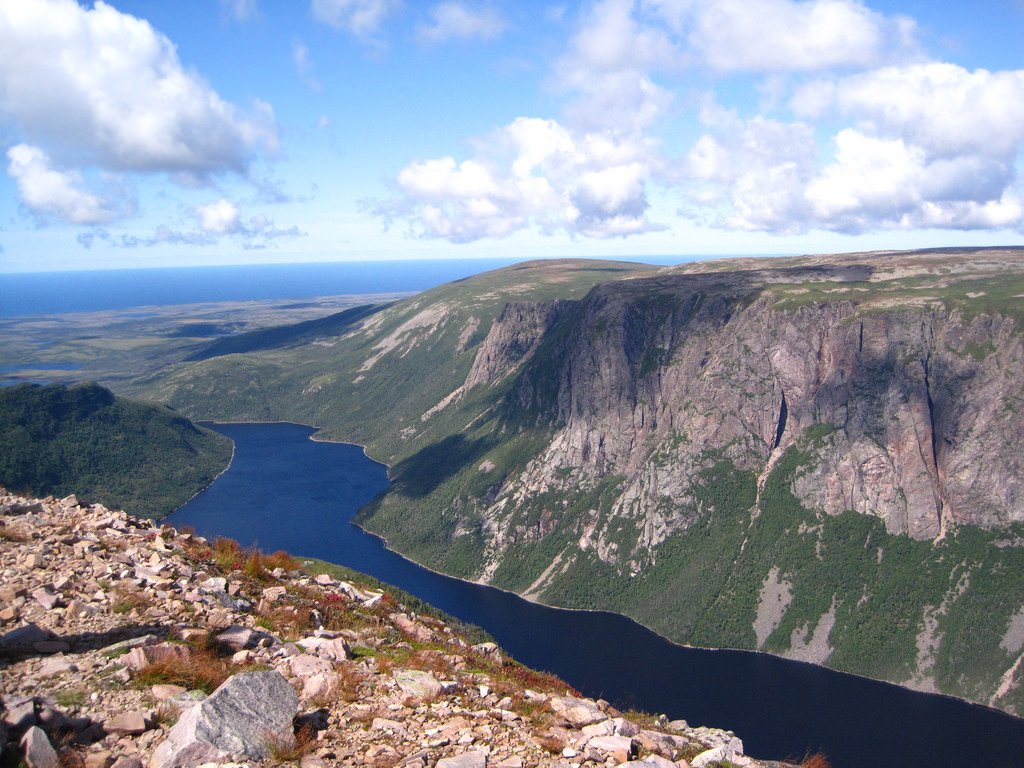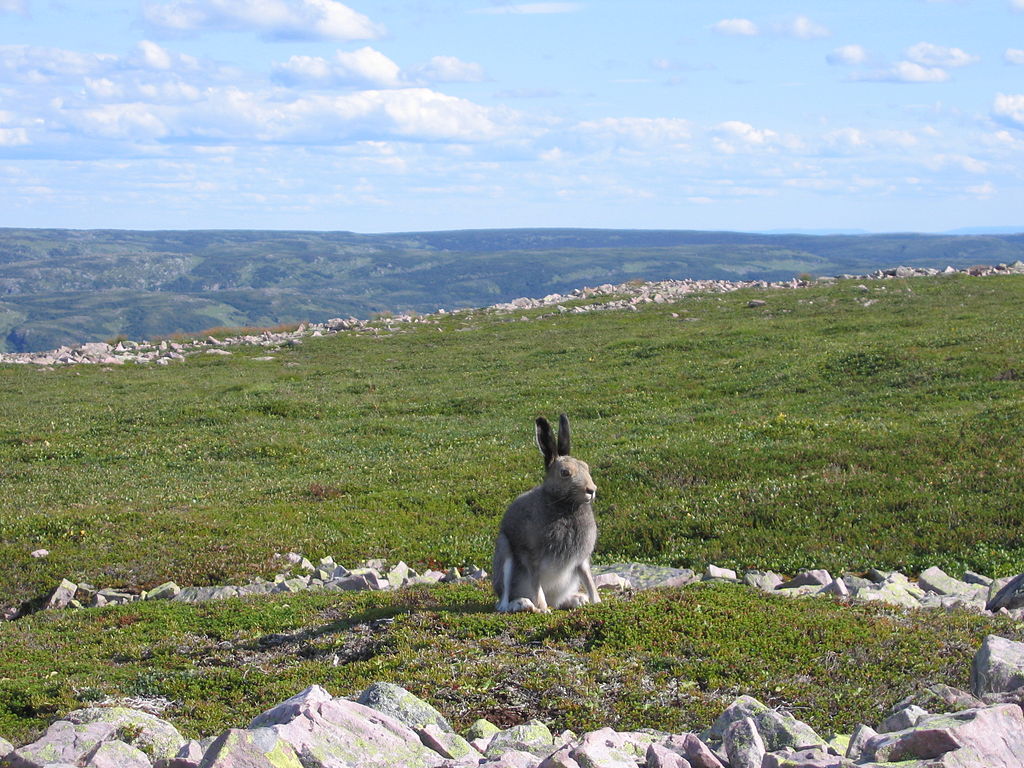
DISTANCE (round-trip)
21 mi (35km)
DIFFICULTY
TIME
5-7 days
SOLITUDE
Navigating Through Newfoundland's Gorgeous Middle of Nowhere
When you disembark from the ferry and head off into the windswept barrens of the Long Range Traverse you will be pretty much on your own - aside from the odd moose, caribou, snowshoe hare, arctic fox or rock ptarmigan you might spot along the way.
This 35 km route has no trail markers, very few other people and plenty of side trips to explore. Five wilderness campsites are tucked into spruce groves and knolls of heather, each about a day’s hike apart.
Navigating this trail can be difficult, due to low visibility caused by clouds, the many small streams and ponds that look similar to one another and the dense tangles of fir and spruce that can lead hikers off course. You must be savvy with a map and a compass before you attempt this untamed backcountry route - you’ll have to pass a navigation test to get your permit.
You’ll climb 2,000 feet and find yourself above the treeline in a lunar-like landscape carved by glaciers, dotted with sparkling lakes and alive with vibrantly hued wildflowers including cloudberry, Labrador tea and alpine azalea. The soul-stirring views and the solitude are worth the effort.
When to go
In June and July, fog will cloak the highlands and make it even more difficult to navigate. September is the ideal month, with warm temperatures, fewer bugs and less fog.
Getting there
Fly into Deer Lake, Newfoundland and then drive to the Western Brook Pond trailhead.
Know before you go
- Give yourself time for extra side trips. You can take a detour to the cliff edge of Ten Mile Pond for ocean views or climb the granite summit of Gros Morne Mountain for views of the entire park.
- You must have a backcountry permit, which can be reserved up to three months in advance.
For more information:
- Parks Canada website has more details on this trek.

The View from the top of Gros Morne Mountain - photo by Natalie Lucier
Gear Recommendations for this trail:
- The ground is so saturated with water that it’s sometimes like walking on a sponge - wear waterproof boots and gaiters to keep your feet dry.
- Navigational gear such as a good quality compass is absolutely essential. You’ll also be given an emergency transmitter before you set off.


